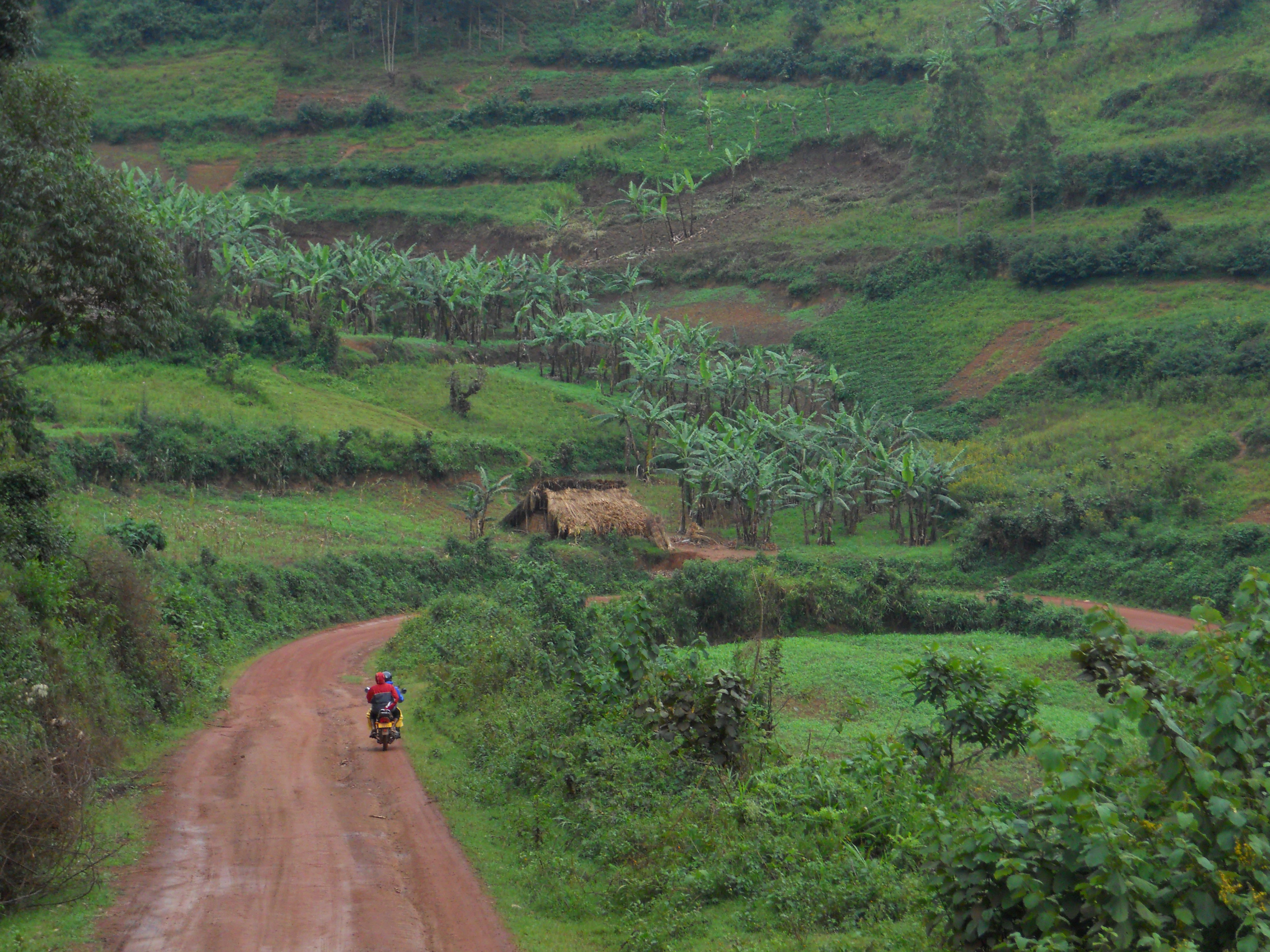
More than athird of the earths million square miles of land is covered by forests or is capable of supporting forests. However, these forests lands are un equally distributed among the continents and even within different areas of the same continent. Although the most prominent features of the forests are its trees and shrubs, aforest is must more than such woody vegetation. Forest is acomplex closely knit commonly or ecological system which is map aliving environment and a non living environment of which aliving environment includes all plants and animals in addition to shrubs and trees.
In atypical forest, these include ; habicous plants,mosses, lichens, bacteria, birds, insects,spinners, and knits. In most forests, there are several layers or stratas of folliage formed by plants of different heights and different classification like tropical forest and lowland forest. Often they are described as ever green if the tree bears green leaves throughout the year. In adecidous forest, the leaves fall at the onset of the cold or dry season and the trees are without foliage for aperiod of several weeks or months. Some forests incliude oak forests (encirials) in the south west, are composed of trees that rose off their old leaves and develop new leaves in the period of a new week in spring. Such forests may be determined as sem decidous or sem evergreen. They may also be described as open or closed. In an open, the tree crowns generally do not touch or overlap, and the canopy, therefore forest have more or less continous canopies formed by interlocking or overlapping the tree crowns.
However, they are affected by both human activities such as lumbering that is mostly common in tropical forests with nice logs, overgrazing due to population increase, settlements that has covered most of the forests through encroachment, and natural activities such as wild fires and vulcanicity.

According to conservation plan (2003), hunting has an indirect ipact on
chimpanzees , gorillas and other primates through the use of snares or jaw trapped by hunters. Most of these snares sre made by wires so as these chimpanzees, gorillas and other primates walk through the forest, their hands or feet may become trapped in the snares. In two of the forests where chimpanzees are studied (
kibale and budongo forests), researchers have observed up to 25% of chimpanzees with snares related injuries. They have also found out that chimpanzees with injuries to upper lips experienced snares limitation in both dexterity and control while processing foods foristance; figs, the majopr food resources or their diet. Chimpanzees with their injuries appears to show remarkable compensation in feeding abilities, but there is a concern for the ability of individuals to survive under extreme compensation.

According to Keller et al (2001) reports show that growth in human population arround natural forest, the demand for more agricultural and the increase in land use activities have exerted pressure on tropical forests whose tree cover, species composition and structure have changed over the past decades.
However as forests is a global consern, Tree planting should be part of the governnment's poverrty allleviation efforts as there is alot from tree farming in any case people have the by law regarding tree plantation. This is due to the fact that, trees plays a big role forinstance; In water catchment, binding soil cover, infrustuctural developement, power generation from bunning charcoal, act as a home animals and birds such as primates,
antelopes, reptles and turracos, weaver birds, respectively.



